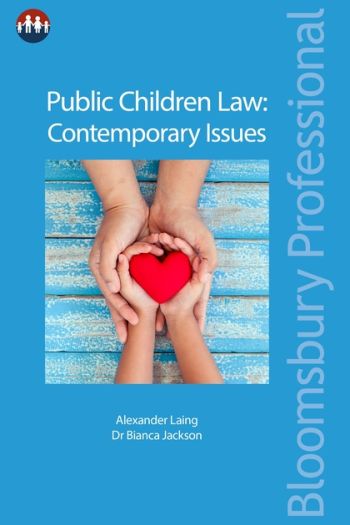
Public children law is at the sharp end of our legal system, where some of the most difficult social and legal issues are considered. As the vehicle through which the State seeks to safeguard the most vulnerable of children, it interferes profoundly with the lives of individuals and families across England and Wales.
Yet it must protect the rights of all individuals involved in the process. Its scope must contemplate the most needy – from those with physical, mental and learning disabilities to those suffering from addiction – and therefore its apparatus is complex and often misunderstood.
Legal practitioners, social care professionals, children's guardians and members of the judiciary are pressed by circumstances to deal with these most difficult and unpredictable cases as a matter of urgency. For that reason, maintaining good practice can be a constant challenge.
The proliferation of reported judgments and sharp rise in applications for public law orders place considerable pressures on all of those involved in public children law. That is made harder still by the recent rise in cases with an international dimension and the proliferation of different jurisdictional schemes that now apply. Those involved must constantly strive to stay on top of case law, procedural rules, and evolving statutes and regulations in order to be able to execute their responsibilities effectively and safeguard the best interests of the child.
Public Children Law: Contemporary Issues is a guide to important, current and commonly misunderstood issues in public children law focusing on areas that have posed particular difficulties for practitioners in recent years. It:
The book starts from pre-proceedings, analyses the commencement of care proceedings, takes in pressing and contemporary issues that are increasingly common to such cases, and examines the current changes in emphasis in children law.
Whilst the book examines complex legal concepts, with reference to specific case law and statutory instruments, it is accessible to a variety of audiences and provides contemporary analysis of many of the topics that the family court has grappled with in recent years.